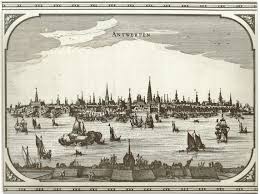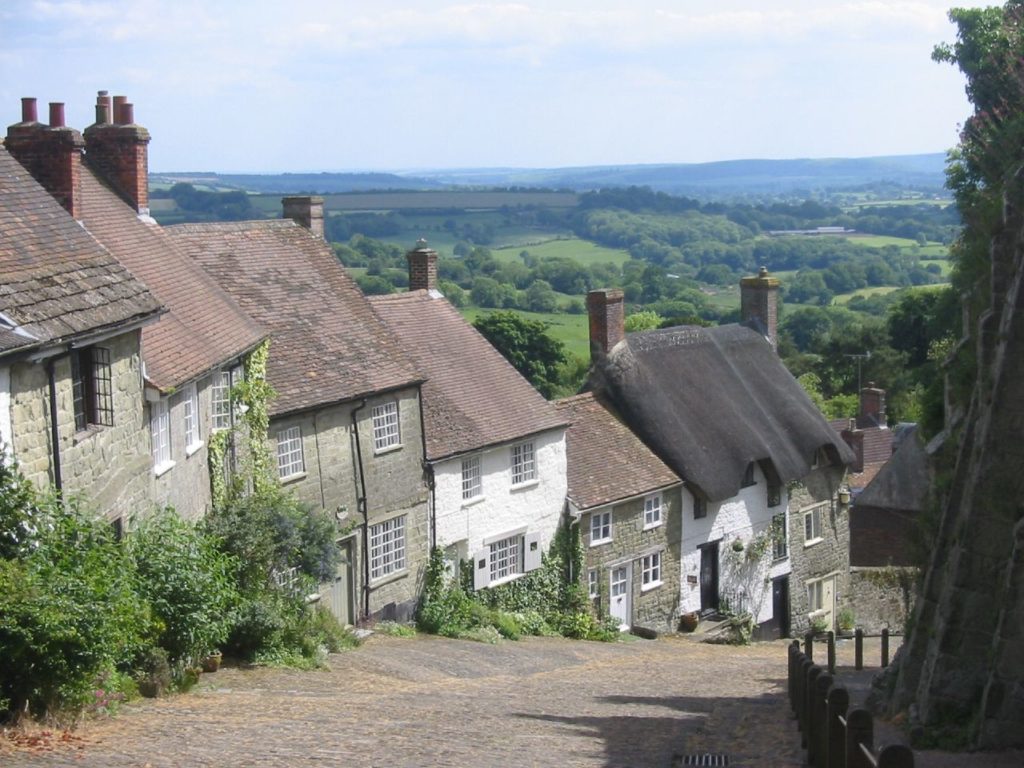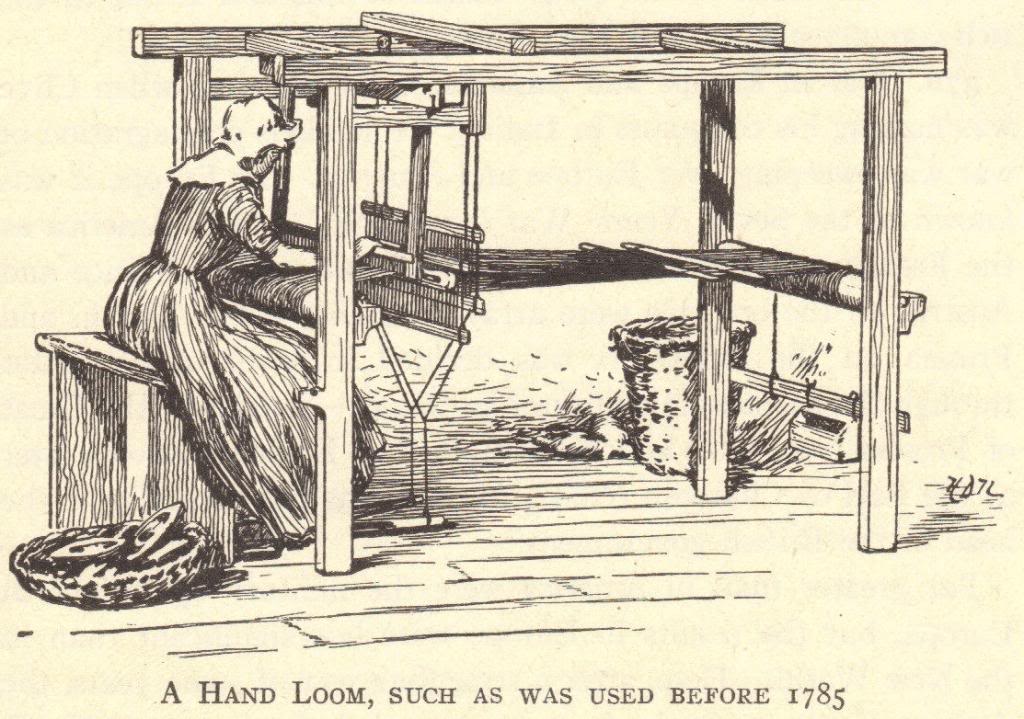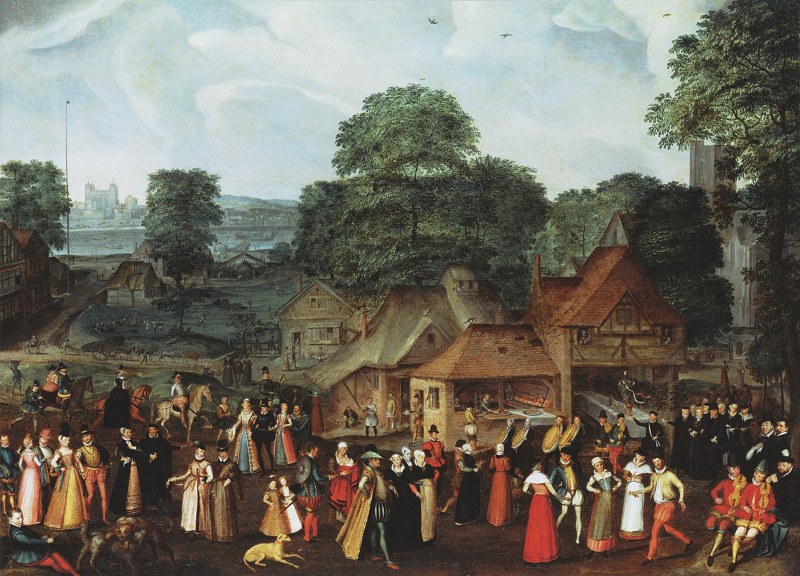The village life during the Elizabethan varied depending upon the season. It was the busiest during the harvest and haymaking periods. People in the village areas resided and worked in intimate family units. Certain specific skills were passed on from father to son thereby resulting in making the village self-reliant.
The village life during the Elizabethan era was a narrow one. Everything which a common man needed was readily available to him and hence did not require him to travel to different places to satisfy his daily needs. Since money was in shortage, usually barter exchange took place. The ‘Village Green’ was situated in the centre of the village which was a recreational centre.

Elizabethan Era Upper and Lower Class Daily Life
Contents
The village houses were timbered buildings with thatched roofs. The population of the village did not exceed a hundred and hence everyone knew everyone. It was a close-knit village. Lands, title to property were handed down from one generation to another from father to son.

Women’s domain during the Elizabethan era involved looking after the house, dairy and poultry back garden along with the vegetable plot. So the various activities which women performed were looking after children, cooking, making preserves and preparing rushes for lighting. Apart from that, women were also expected to look after small animals like geese or chickens etc and were also to have knowledge about various herbs and the medicinal use of each of them.
Peasants in the Elizabethan Era
The Peasants were the farmworkers who worked in the fields of the wealthy landowners. The rural areas of London contained the majority of the population of England. These rural peasants did most of the works in the farms in exchange or a meagre wage.
In some cases, the farmed land was divided between the landowner and peasant – one-third of the land belonged to the owner and the rest was used by the peasant. A Portion of land was also reserved for the local church. The peasants rarely went beyond their own villages and worked hard from sunrise to sundown.
The peasant life was more or less stable but the people had to continue the back-breaking labour from generation to generation.

Village festivals
Some popular village festivals in the Elizabethan times were:
- May Day, when a Queen of the May was selected and a Maypole was made around which people danced and made merry.
- The Midsummers Eve was celebrated during the summer solstice. The people gathered around a fire and told stories of legends and folklore. Bones were often burned which led to the emergence of the term ‘bonfire’.
- Lammas Day was celebrated in the villages on 2nd August. It was the festival of the first harvest of the year. People decorated their houses with flowers and garlands. Processions with candles were also held.
- St. Crispin’s Day was celebrated in October. Bonfires were held and people dressed up as King Crispin.
- All Soul’s Day or All Hallow’s Day was celebrated in November, which is popularly known as Halloween today.
The centre of the villages contained an area called the village green which was the site of all gatherings and festivals. The villages were small communities where every villager knew one another. This also provided people with the necessary help and support when they needed it.
Village occupations and jobs in the Elizabethan era
People living in the villages, during the Elizabethan era, mostly worked as peasants and wage labourers. However, there were also other jobs that existed. Wool trade had become popular and it provided jobs to many men. People worked as salesmen or apprentices.
Men also worked ad blacksmiths, ploughmen, milkmen, builders, millers etc. The lives of the people were regulated according to the seasons. The busiest season was the harvest time and the haymaking time.

Living conditions in the villages were fairly prosperous. The village provided the people with almost everything they needed, making it unnecessary for them to travel to the cities. People hardly even went to the nearest towns to buy anything.
Money was scarce in the hands of the people, so they often used the barter system, exchanging their own products for things they needed with fellow villagers. People lived in small family units and trade and work was passed on from father to the sons.
Role of women in the villages
The women in the villages mostly looked after domestic animals like geese and pigs. They engaged themselves in household works such as cooking, weaving, spinning etc. Most families in the villages grew their own vegetables. Looking after this vegetable plot, kitchen, the dairy and poultry yards fell under women’s supervision.
Elizabethan Life
The village life during the Elizabethan era was a disciplined one commencing from as early as 3 am during the summers. Pottage was the usual breakfast. The field workers were in the fields by 5 am. The preparations for the mid-day meals started at 10 am. The villagers usually said ‘Grace’ before having their meals.
After the mid-day meal, a small break was provided to the workers. As per the Elizabethan Statute of Artificers, the labourers worked between 5 am to 7 or 8 pm between March to September and from dawn to dusk between Septembers to March.

After sundown and evenings, life became calm in the villages. On Sundays, people enjoyed some free time. Men visited churches in the mornings, indulged in some gossip and also played games like chess, draughts, Nine Man’s Morris whereas women jointly participated in activities like spinning or sewing.
This prosperous village life took a steep decline when people from villages started travelling to the towns in search of employment. Wool trade got an immense boost during this period resulting in the rearing of sheep replacing agriculture as the prime occupation.
Land Enclosure was a process in which the traditional open field paved the way to create larger and more profitable farming units which required lesser people to work on them. The transition from village era to the town era commenced from the Elizabethan era itself.
More Info On- Elizabethan Tradition and Customs, Family Life in Elizabethan Period, Daily Life in Elizabethan Era